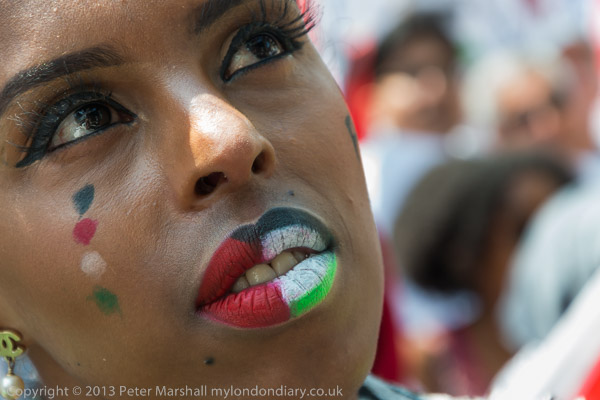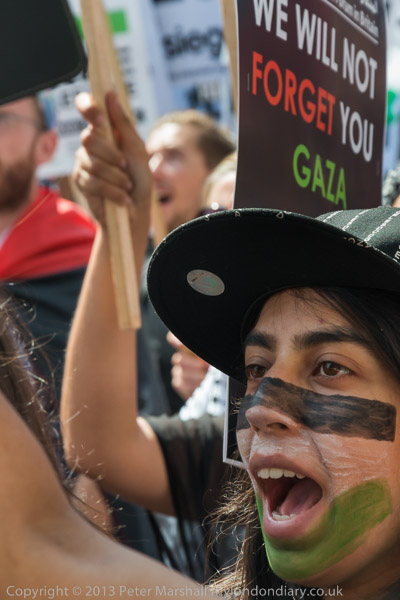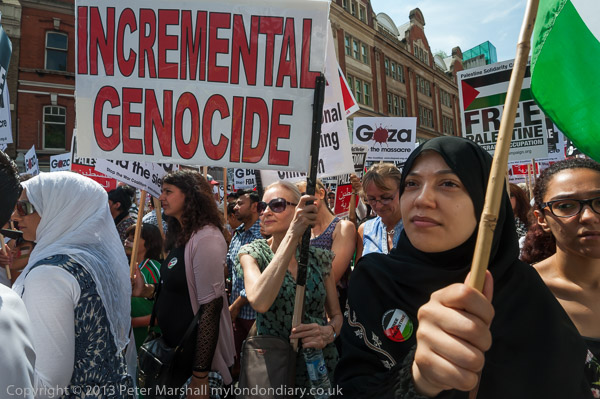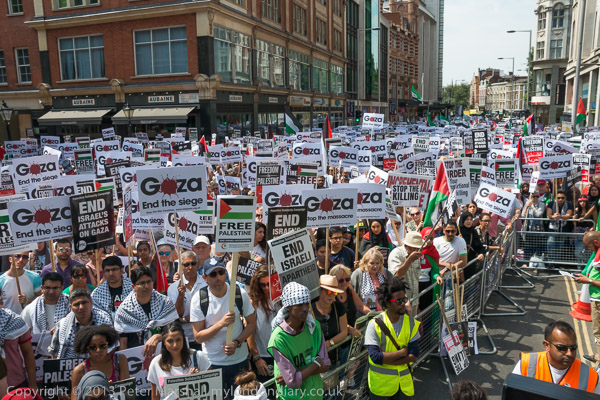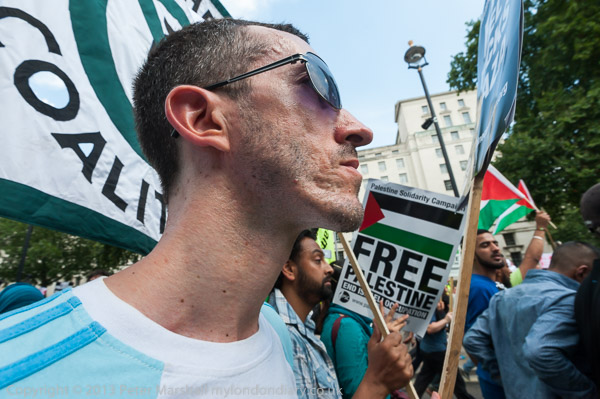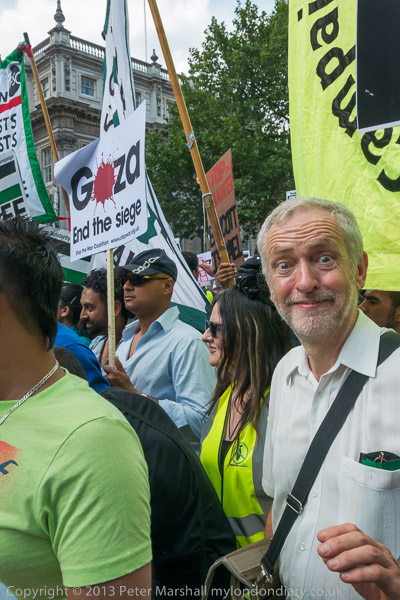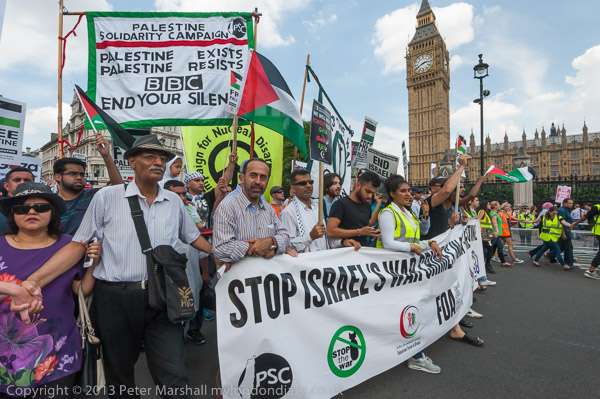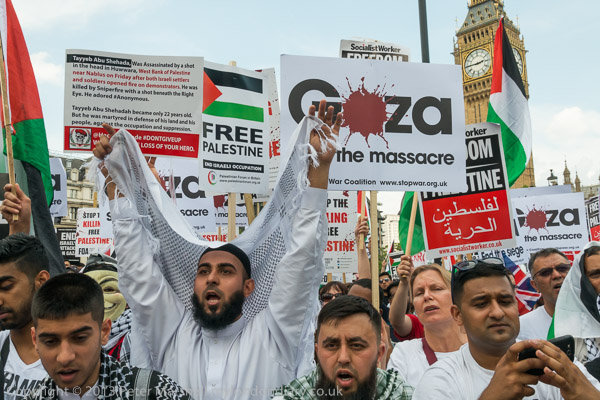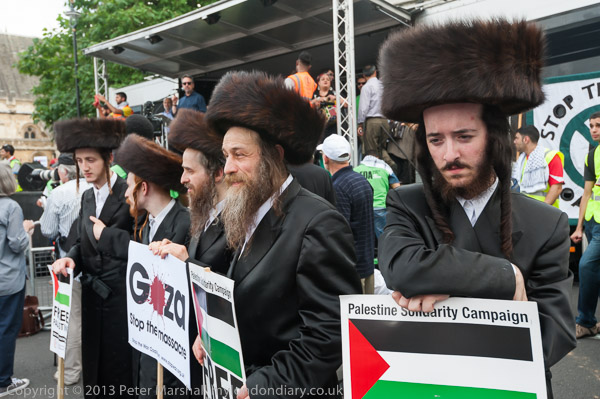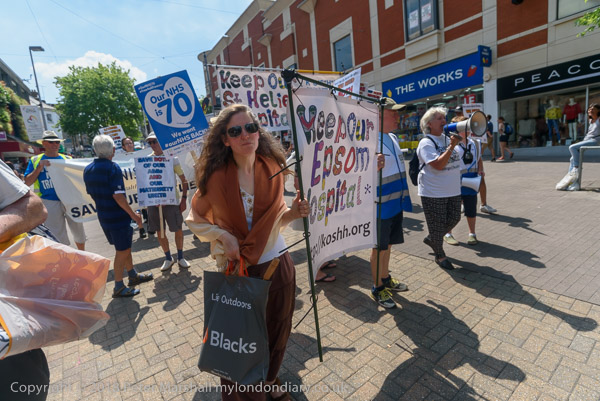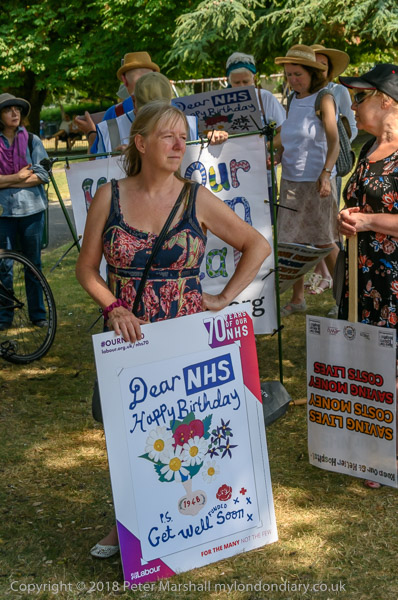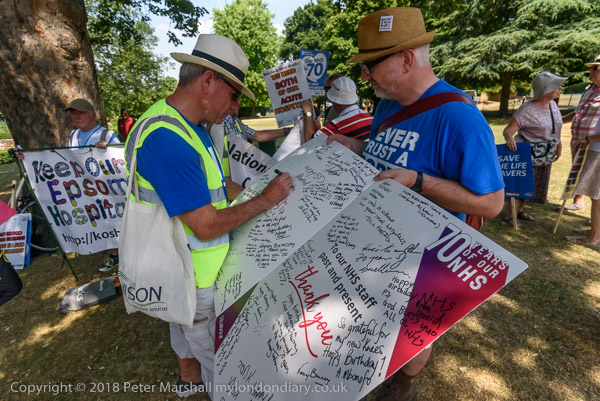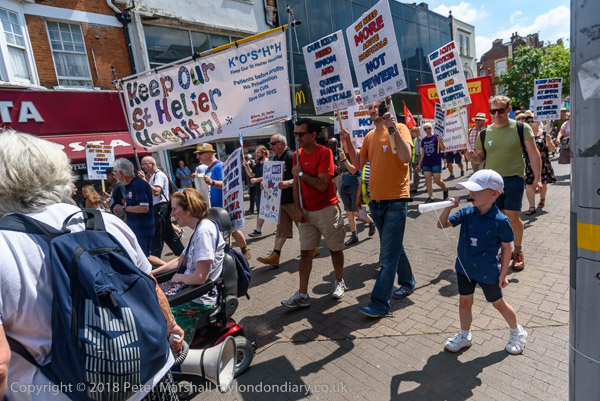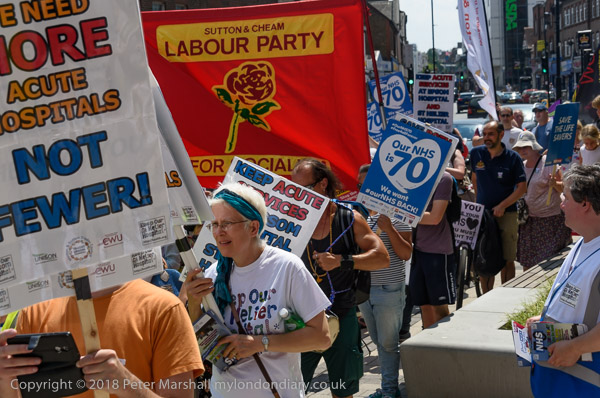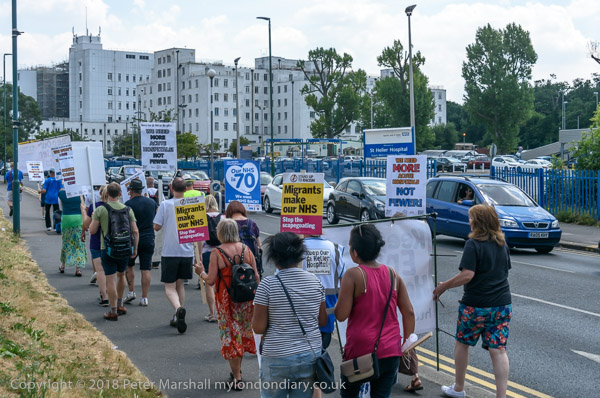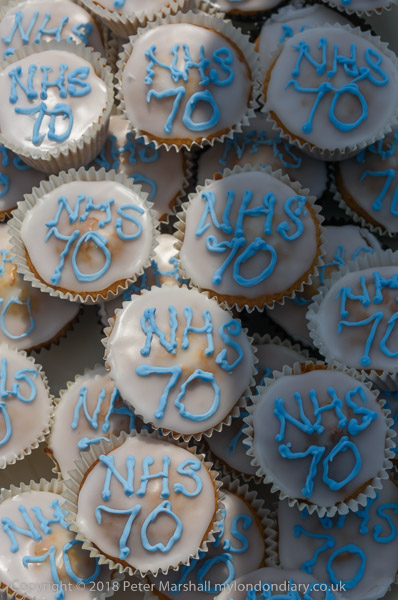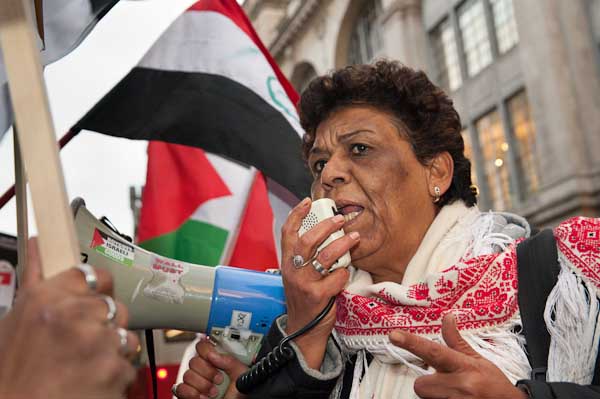
December 27th 2008 was a desperate day for Gaza, when the Israeli military launched the beginning of a massive air attack on the small enclave. Operation Cast Lead had been six months in the planning and 100 pre-planned targets were struck in less than four minutes. The initial air attack was followed by others and on the 3rd of January 2009 with a ground attack. Israeli Defense Forces ended their attacks on 18th January 2009.
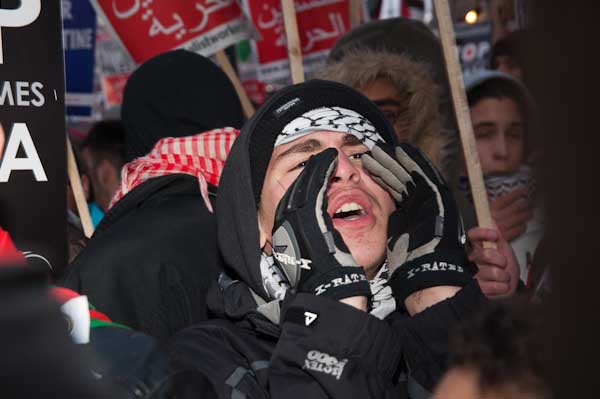
According to Wikipedia, the Israeli government stated was a response to weapons smuggling into Gaza and to Hamas rocket attacks on southern Israel with, according to the Israeli military 3,000 rockets hitting Israel over the whole of 2008 – despite a ceasefire agreement which held for around 5 months before an Israeli attack on a cross-border tunnel in Gaza in November. Rockets killed 8 people in Israel in 2008, four of them after the attack on Gaza began on 27th December.
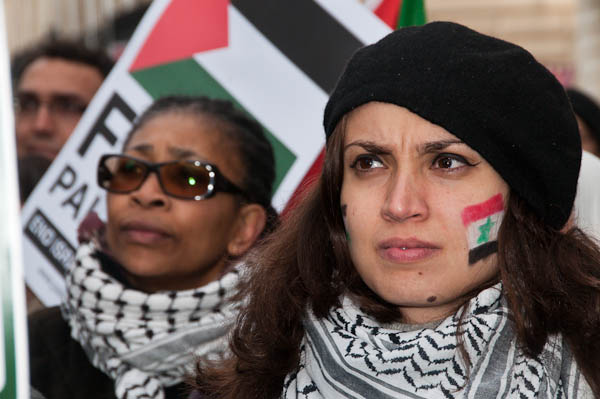
Again according to Wikipedia (I’ve removed the 14 references to sources which you can find in the original);
A total of 1,100–1,400 Palestinians (295–926 civilians) and 13 Israelis were killed in the 22-day war.
The conflict damaged or destroyed tens of thousands of homes, 15 of Gaza’s 27 hospitals and 43 of its 110 primary health care facilities,800 water wells, 186 greenhouses, and nearly all of its 10,000 family farms; leaving 50,000 homeless, 400,000–500,000 without running water, one million without electricity, and resulting in acute food shortages. The people of Gaza still suffer from the loss of these facilities and homes, especially since they have great challenges to rebuild them.
Wikipedia
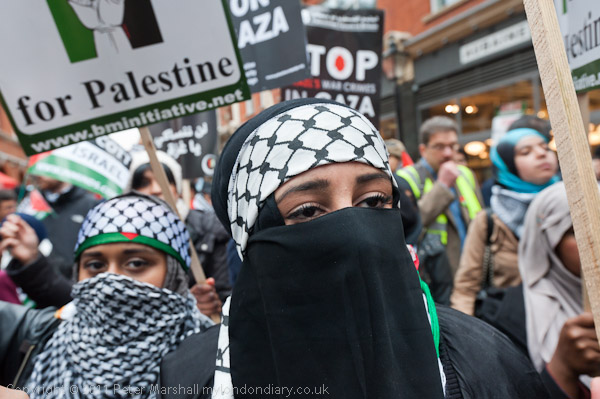
There is much more detail on the attack and its consequences, as well as on later attacks on Gaza in 2014, 2018 and 2021 on Wikipedia in articles including those cited above and there would be little point in going further into the details here.
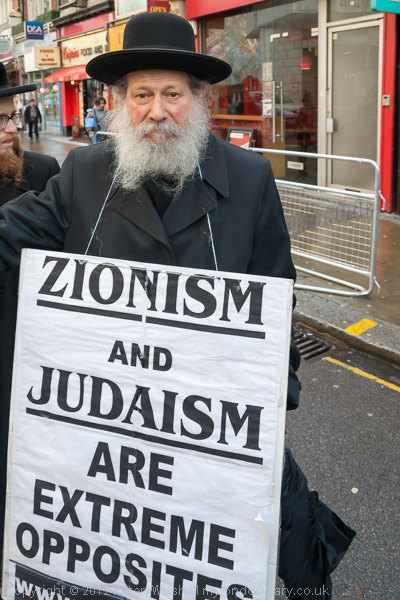
There was a large protest in London against the attack early in January 2009, and I photographed this an other protests, including those the anniversary of the start of the attack on 27th December 2009, 2010, 2011 and 2012. There I’ve written more about the protests and with many more pictures, including pictures of Tony Benn, Jeremy Corbyn and many others speaking against the attacks and ongoing siege of Gaza.
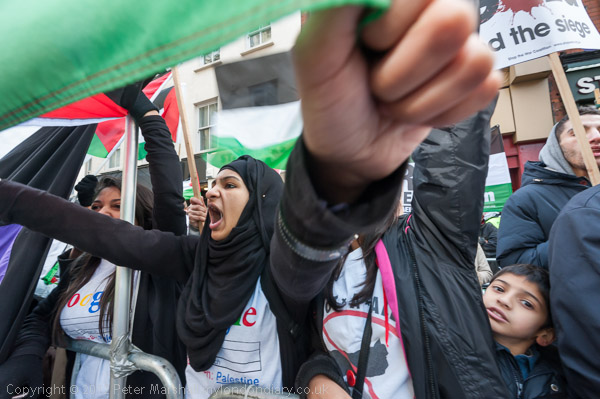
January 2009 Gaza: Protest March from the BBC
December 2009 Remember Gaza
December 2010 London Vigil For Gaza
December 2011 End The Siege Of Gaza
December 2012 Gaza – End the Siege
